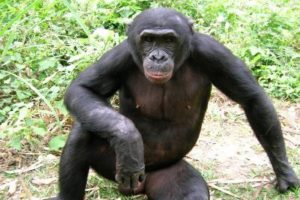wildlife conservation society
Kenya’s fisheries management promotes species that grow larger and live longer
Marine conservationists from the Wildlife Conservation Society working in Kenya have found that better fisheries management that includes restricting fishing gear is producing more predatory and longer-lived species and is improving fishing even…
Study finds fisheries management makes coral reefs grow faster
An 18-year study of Kenya’s coral reefs by the Wildlife Conservation Society and the University of California at Santa Cruz has found that overfished reef systems have more sea urchins — organisms that in turn eat coral algae that build tropi…
Last strongholds for tigers identified in new study
NEW YORK (Embargoed until September 14, 2010: 5:00 p.m. U.S. Eastern Time) — A new peer-reviewed paper by the Wildlife Conservation Society and other groups reveals an ominous finding: most of the world’s last remaining tigers — long decimate…
Largest ever white-shouldered ibis count
A record-breaking 429 White-shouldered Ibis Pseudibis davisoni have just been recorded in Cambodia, making the known global population much larger than previously thought. With so many birds remaining in the wild the chances of conservation success …
Increase in Cambodia’s vultures gives hope to imperiled scavengers
While vultures across Asia teeter on the brink of extinction, the vultures of Cambodia are increasing in number, providing a beacon of hope for these threatened scavengers, according to the Wildlife Conservation Society (WCS) and other members o…
Photo album tells story of wildlife decline
NEW YORK (August 30, 2010) — With a simple click of the camera, scientists from the Wildlife Conservation Society and Zoological Society of London have developed a new way to accurately monitor long-term trends in rare and vani…




